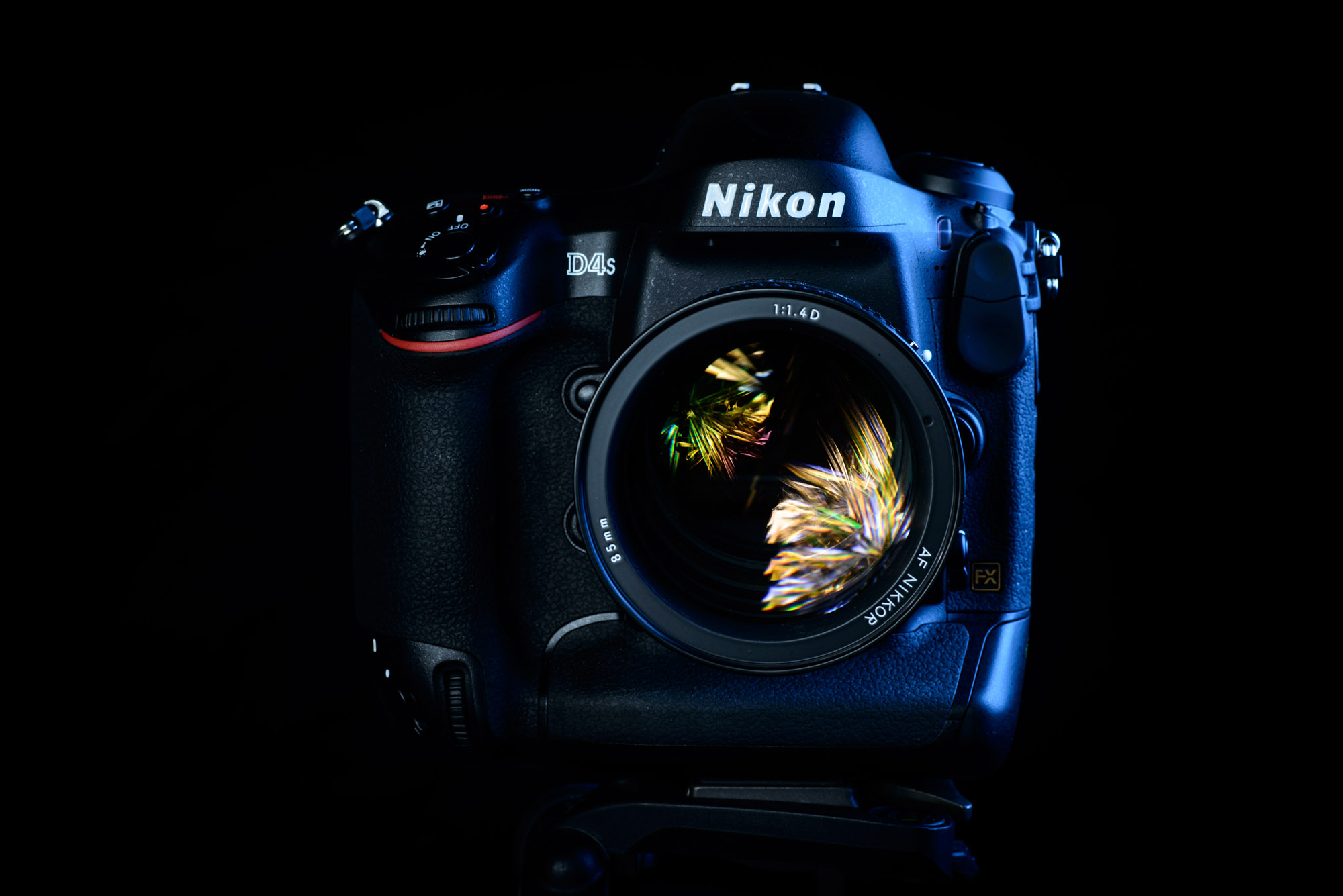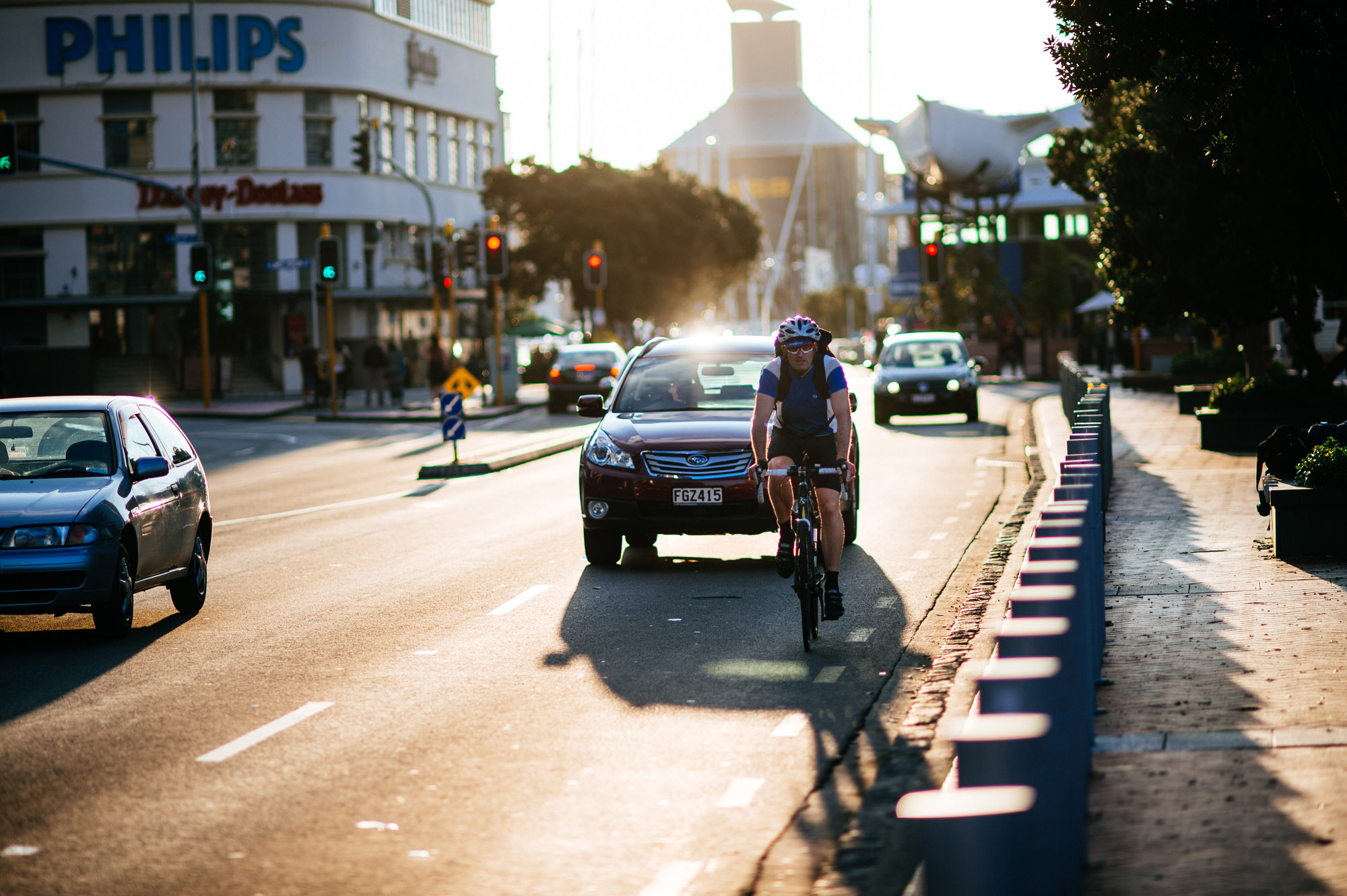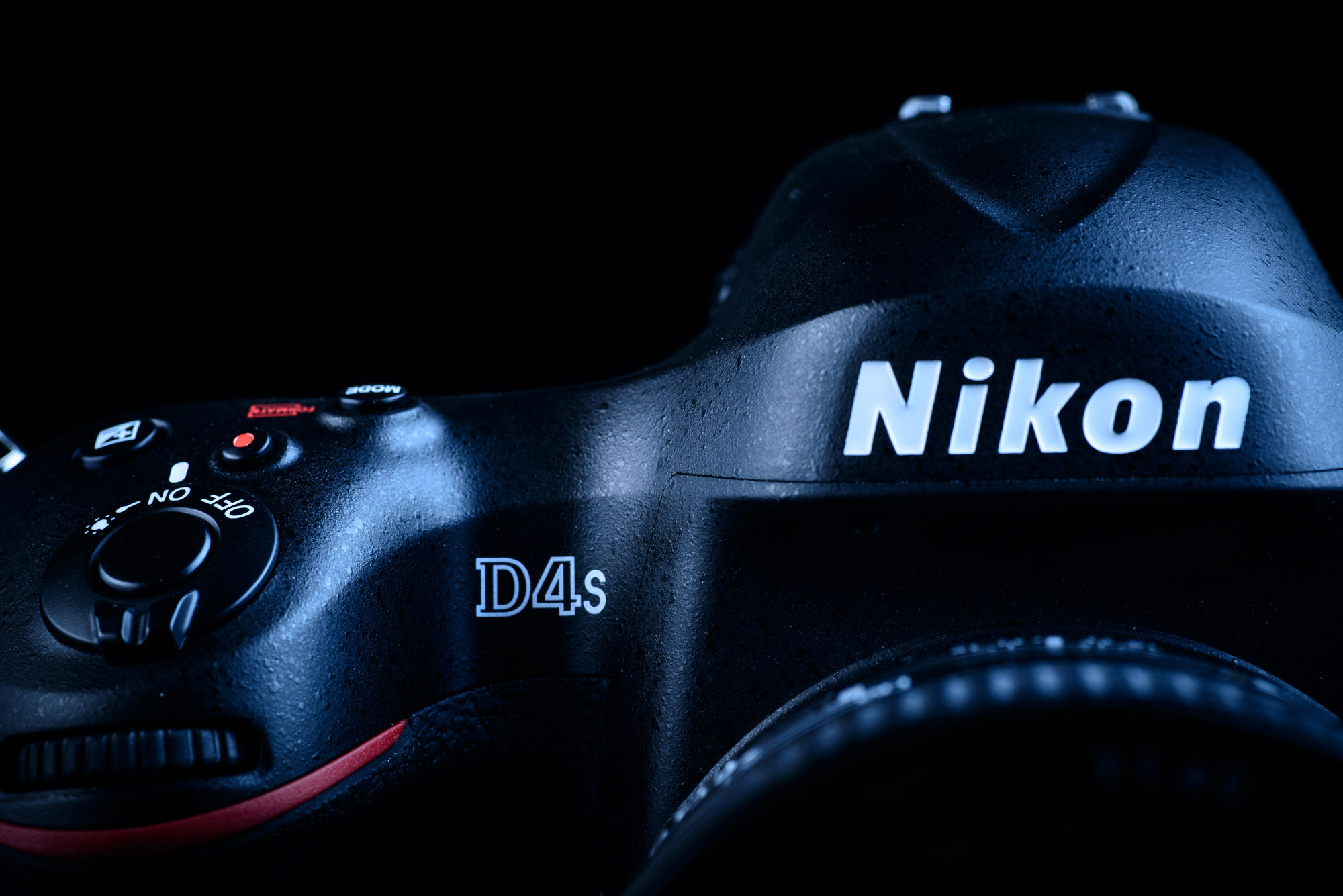Nikon has recently announced the Nikon D4s, an update to it’s 2 year old flagship professional DSLR Nikon D4. We have borrowed one from our friends at Nikon NZ and have been shooting day and night with it for the past week. So do we like it? Is it better than the original D4? Here are our thoughts and comments about this latest flagship camera from Nikon.
If you are reading this review, chances are, you probably know quite a bit about the Nikon D4. But in case you were living in a cave for the last 2 years and know nothing about the D4, the Nikon D4 was released in Jan 2012, replacing the highly successful D3s. The D4 basically followed the same formula as it’s predecessor, a full size, high speed professional DSLR with tank like build quality. It has a full frame (FX) 16MP sensor and has amazing high ISO performance. It was also the first Nikon flagship camera to have full HD video recording capability (D3s can only do 720p). Now two years later, here comes the D4s, an updated version with improvements in many areas. Here is a summary of some of the changes:
– New image sensor, maximum ISO increased to 409600
– EXPEED 4 processor with more processing power
– Improved autofocus and new group AF mode
– Maximum burst speed of 11fps with continuous autofocus
– 1080p 60 video recording
– Spot white balance
– Small RAW image output option
– Bigger battery
There are many other changes as well, for example, the ethernet port speed is now increased to 1000Mbps and there are some improvements to the time lapse feature but to be honest we didn’t have enough time to go through every single improvement during our review period. So, we’ll focus on some of the main changes and also the general performance and feel of the D4s in this review.
“The whole camera feel very solid, very tough and build quality is simply excellent.”
Just like its predecessor, the new Nikon D4s is a full size professional DSLR. This flagship camera has a magnesium alloy frame and everything else is made of heavy duty material. The whole camera feel very solid, very tough and build quality is simply excellent.
Overall the body design is mostly the same as the D4 but there are a few minor improvements in the ergonomic design. For example, the 2 joystick at the back feel slightly better. The main grip has been redesigned and should fit and feel better when you held it in your hands. Because of that, your hands just wouldn’t feel tired easily when holding the D4s for long period, even with a heavy lens attached. In comparison, the secondary/portrait grip is a bit smaller. It still not bad but just not as good as the fantastic primary grip. All the controls and buttons are logically placed and you should be able to adjust pretty much all the common settings easily and very quickly. Overall D4s’s ergonomics is just fantastic and there isn’t much you can complain. This is very important as thousands of reporters, photojournalists, sports photographers around the world will be using their D4s as their main work camera everyday and a friction of second delay could be enough to cost them a priceless photo opportunity.
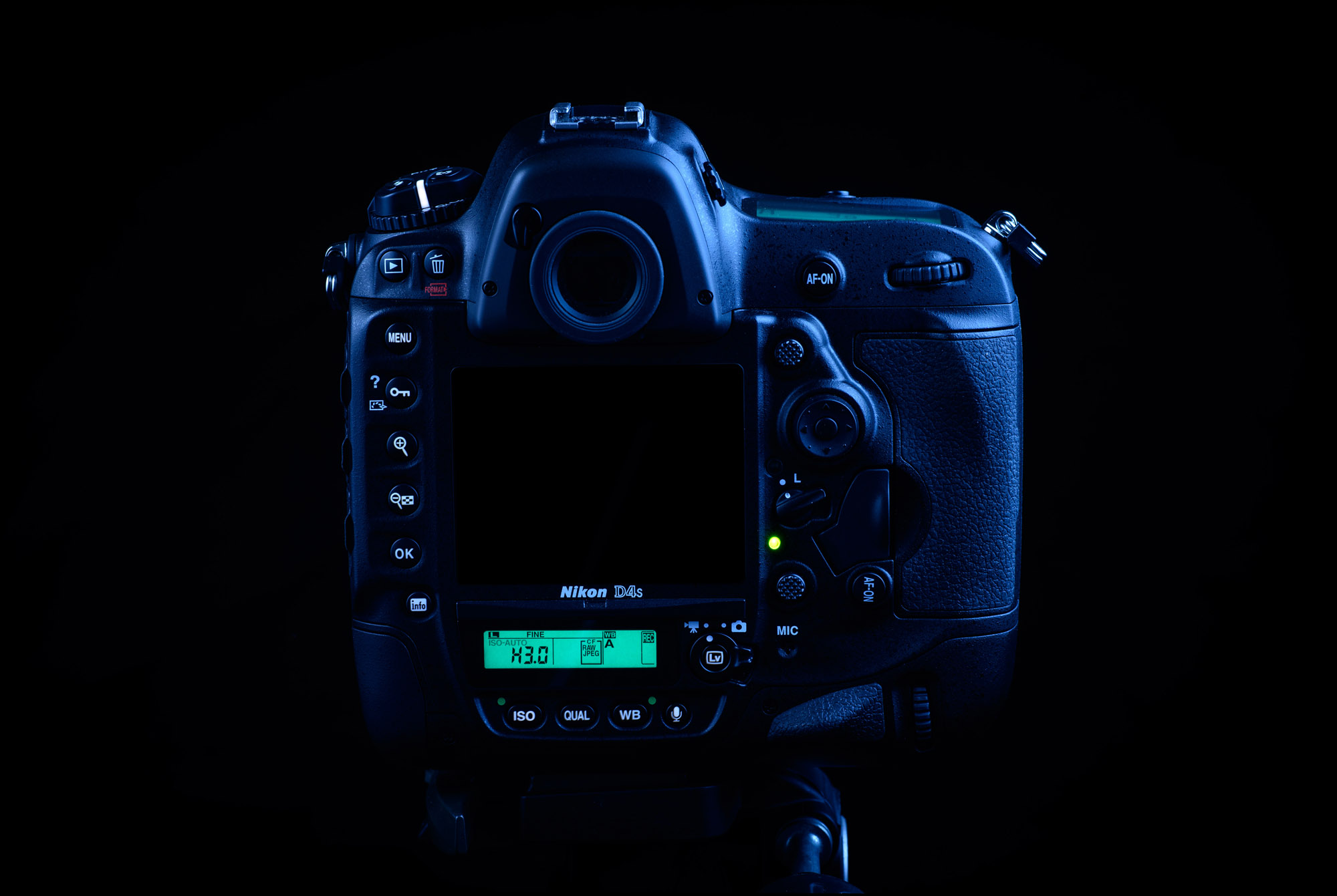 D4s’s ergonomics is just fantastic
D4s’s ergonomics is just fantastic
“I found myself keep wanting to take a few more photos so i can listen to that wonderful shutter sound”
The D4s has a very crisp and beautiful shutter sound. It may sound like a trivial thing but just like how a sports car’s engine sound can make or break the ultimate driving experience, the shutter sound is big enough to affect how I feel about a camera. When reviewing this camera, I found myself keep wanting to take a few more photos so i can listen to that wonderful shutter sound. Oh the camera sounds like a machine gun too when firing at the maximum frame rate.
As a professional camera, the D4s has full weather seal to protect it from bad weather conditions. While I have not really tested the D4s under heavy rain, I’ve previously used my D700, D800 when it was pouring under many occasions with absolutely no problem at all. So I can only imagine D4s can handle bad weather even better. Just remember to use it with a weather sealed lens as well.
Following the Nikon tradition, this updated “s” model’s image sensor output resolution remains identical to the original D4 at 16MP. But it is of a new design, and combined with the new and more powerful EXPEED4 processor, it allows the camera is output cleaner images and have better high ISO performance. As a result, the maximum ISO has been increased one stop to astounding 409600! Yes it’s almost half a million ISO. At low ISO, the image quality is very similar to the D4 as it was just very clean, with nice colors and dynamic range already. But as we increase the ISO, then we notice how good the D4s’s high ISO performance really is, especially the JPGs straight out of camera.
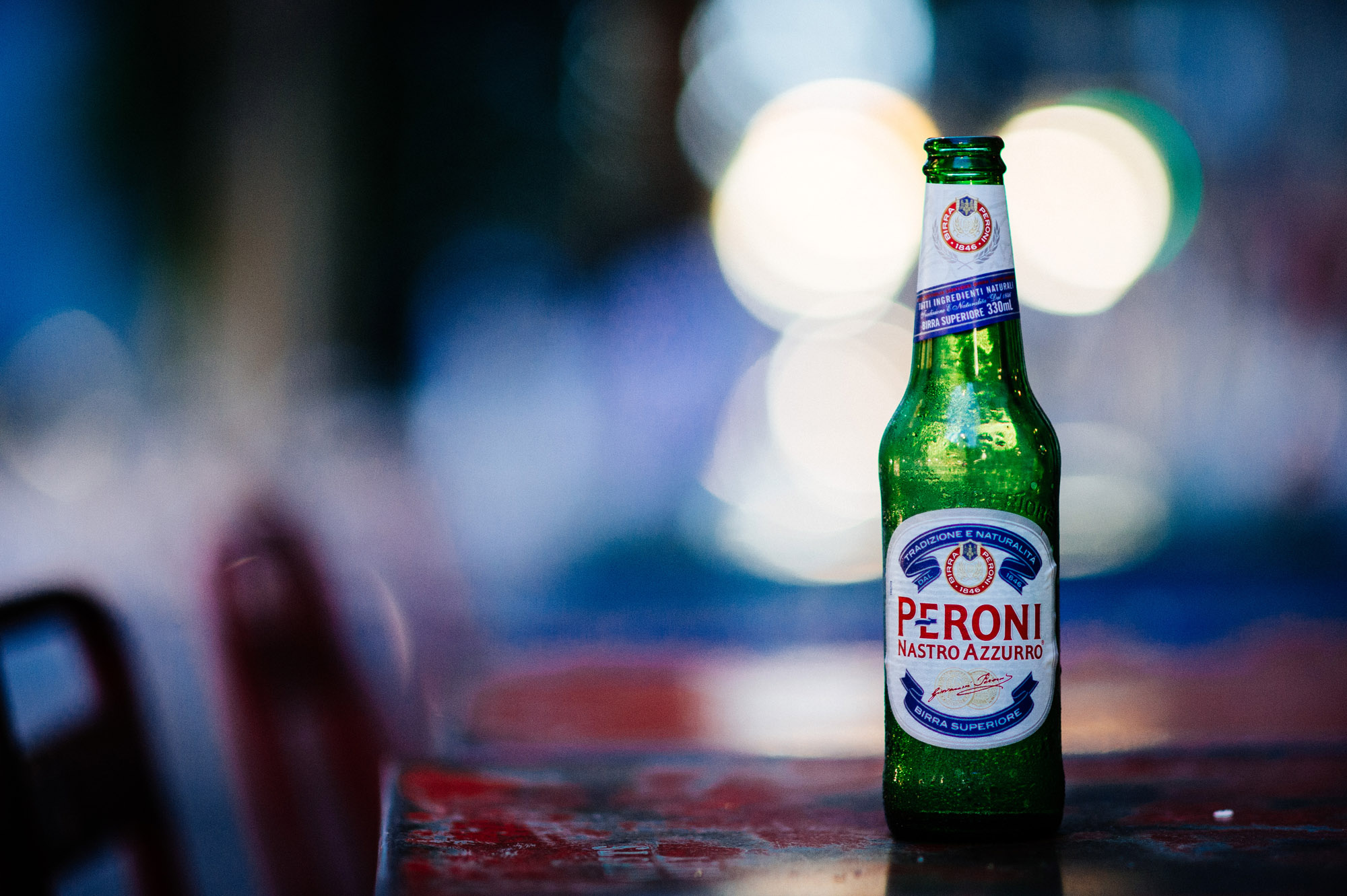 When shooting with a D4s, you very rarely need to worry about if the scene is too dark. Nikon D4s + Nikon AF 135mm f/2D DC – f/2 1/160s ISO 2200
When shooting with a D4s, you very rarely need to worry about if the scene is too dark. Nikon D4s + Nikon AF 135mm f/2D DC – f/2 1/160s ISO 2200
“ISO25600 is the new ISO800!”
It was not too long ago when I was shooting with a D200, I’ve to limit the ISO to 800 or below to get decent image quality. With the D4s, anything shot in four digit ISO range are just great. And ISO25600 is the new ISO800! Yes ISO25600 maybe a bit noisy, but the colour, contrast all both remain at very acceptable level! In fact, photos taken at pretty much any 5 digit ISO range still look alright after a bit of noise reduction. Once you entered the six digit ISO range (i.e. ISO102400+) then the image quality start to drop very quickly. Having said that, I have a few photos shot at six digit ISO that is still usable. Not great, but still usable.
So while you may not need to take photo at ultra high ISO all the time, with a base ISO at ISO100, the D4s has over 10 stops of usable ISO range (ISO100 – ISO51200+). This extreme wide ISO range opens up a lot of possibility and flexibility. It also allows photographers to take photos at place/time that was simply impossible before. For example, you can now shoot with a smallish aperture (so the DOF isn’t too shallow) under light low without any camera flash.
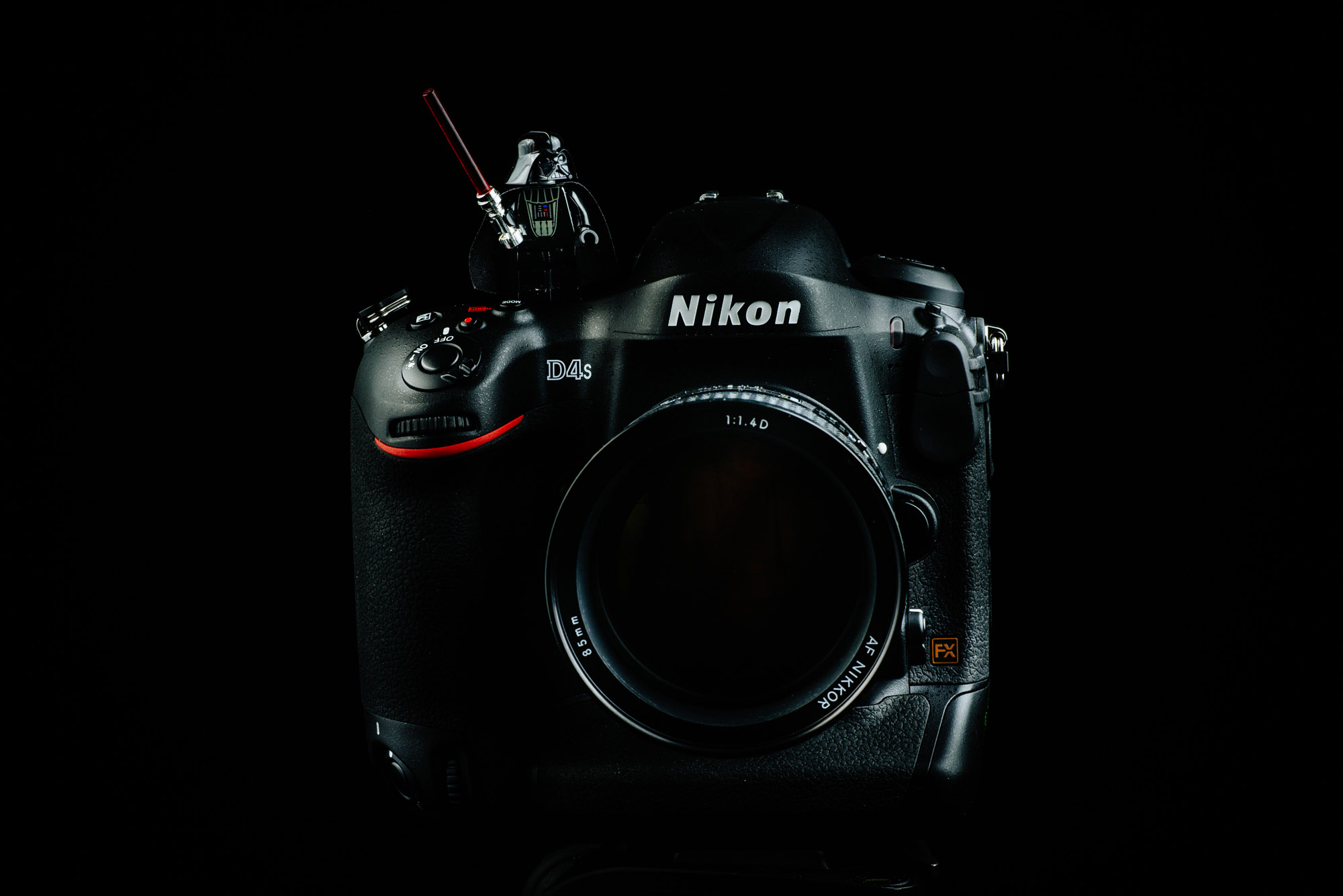 So, you tell me, who is the Dark Lord?
So, you tell me, who is the Dark Lord?
The 51 point Multi-CAM 3500FX autofocus system is based on D3’s 51 point autofocus system and many other high end Nikon DSLRs. Nikon has improved it when they release the D4 and now with the D4s and the more powerful EXPEED4 processor, Nikon has refined the AF system again to improve the accuracy and speed. This autofocus system has being well tried, tested and proven to be very reliable and the latest version works great on the D4s. When shooting in AF-S mode, it is more snappy and gives you a higher accuracy especially when shoot with fast prime lenses at maximum aperture. It works very well under low light too just like the D4. But what seems to be most improved is when I was shooting In AF-C mode, the continuous focus just reacts faster, has less chance of tracking the wrong target and the overall successful rate is just noticeably better. I’ve spent quite a lot of time testing the AF-C performance and I was more than impressed when I review the photos on my computer. As long as you can tell the camera what exactly you want to focus when you start, the camera would do a pretty good job in following your target. There is also a new group AF mode, which basically uses your selected AF point plus four surrounds it. This new mode is quite useful when you want to track some small or unpredictable objects.
The autofocus tracking works very well even under challenging conditions. Nikon D4s + Nikon AF 135mm f/2D DC – AF-C 3D Tracking – f/2.0 1/1600s ISO 100
The 91k pixel RGB metering system is basically the same as the D4. I noticed there is a new option in the settings menu that allows user to specify whether he wants to prioritise the exposure using the detected face or not.
Another pretty handy new feature is spot white balance. Unlike the normal custom white balance feature which tries to measure white balance from the whole frame , the new spot white balance allows users to manually measure white balance from a very small white or gray portion of the frame in liveview mode. It makes manual white balance measurement a lot easier as you don’t need a large white/grey object anymore.
“…following object when shooting at 11fps is actually pretty easy.”
D4s’s burst speed has been increased to 11fps with continuous autofocus. When shooting in burst mode, there is usually quite a long blackout time (i.e. time when the viewfinder is completely black) between shots and that makes it really hard to pan your camera correctly. But with the D4s, I was quite impressed that the blackout time seems to be minimal and following object when shooting at 11fps is actually pretty easy. And yes continuous focus works very well even when shooting at maximum speed.
The camera’s 200 full size JPG image buffer means there is enough buffer to capture a 100M sprint race from start to end and a few more seconds to spare.
The original D4 has two memory slots, one is a XQD and one is a CF. XQD is the new card format and it is supposed to be the new format for professional users replacing the CF cards. The D4s uses the same XQD + CF dual slots configuration so its a good news for existing D4 users and also photographers upgrading from the older cameras such as D3s. My only concern is that it’s already 2 years since the D4 release and there still isn’t another DSLR that uses XQD cards. (the only other device that uses XQD is the Sony PXW-Z100 video camera) Hopefully there will be more cameras with XQD support soon.
You can now save a small RAW file with the D4s. While all Nikon DSLR allows you to output to small JPGs, the D4s is the first Nikon to have a small RAW feature. The small RAW file is half the width and half the height of the full size image is the size is approximately 4MP (in 3:2 FX mode anyway). While I am not too sure what kind of user would benefit most from this new small RAW format, it’s always good to have more options and it appears the small RAW also improves the high ISO output file as well (compare to downsizing the full size image yourself). Hopefully the rumoured D800s will have a 9MP small RAW output option as well?
Battery life is never a problem with any DSLRs especially Nikon professional DSLRs. Having said that, Nikon paired the D4s with a new bigger EN-EL18a battery. This new battery has 25% more capacity than D4s EN-EL18. During the whole review period I’ve only recharged the battery and I’ve took a lot of photos, a few videos and spent a lot of time going through the menu, trying out different settings and reviewing a lot of photos. And before someone says not another new battery again, the EN-EL18a is compatible with the original EN-EL18.
Nikon has also made a few improvements to D4s’s video features. The camera can now capture 1080p video at 60/50fps. You can get the camera to record to internal card and output to external uncompressed HDMI output simultaneously. You can also select the audio range and level for your video recording. However there is still no zebra/focus peaking display on the LCD screen. Unfortunately due to time constraint, we’ve only briefly use the video feature.
Summary
The original D4 is an amazing camera, it’s image quality, autofocus system, metering, handling, build quality..etc are all pretty flawless even when judged by today’s standard. And now the D4s brings a lot of improvements over the original model. Better image quality, faster, better autofocus, better ergonomics, better video, a lot of better. While none of them are really revolutionary, together they make the D4s a much better and even more mature camera. It raise the bar of what a flagship camera should be like.
So should you upgrade to D4s? This is always a tricky question to answer. If you are a D3/D3s user, I guess my answer would be yes. The improvement in the autofocus system and the better overall image quality are two reasons big enough for you to upgrade. If you are a D4 user, now this becomes harder, the D4s is a better camera, there is no doubt about it. But fundamentally they are still the same camera, just one does pretty much everything better. So if you need or want absolutely the best camera, upgrade it. If not, you really need to see how many improvements would benefit you and work out the cost vs benefit yourself.
In our Df review (http://www.nikonjin.com/2013/12/nikon-df-review/), we said if Df was a car, it would be a classic sports car re-released with a modern engine. So what about the D4s?
If D4s was a car, even though it has virtually the same engine (image sensor) as the Df, it would be a completely different kind of car. The D4s would be a latest 4WD turbo racing car that comes with every latest technology you can think of. It’s super fast, it’s super reliable and it’ll help you release all your potential!
Nobody would be disappointed by it’s performance as it’s really the ultimate choice.
Pros
- Amazing high ISO performance
- Excellent autofocus system
- Tough as tank build quality
- 11fps burst rate baby!!
- Excellent Ergonomics
- That shutter sound!
Cons
- Weight and size (but it’s a nature of full size professional camera)
- I have to return it after the review
Sample Photos
All photos RAW -> JPG using Adobe Lightroom 5.2, edited to taste.
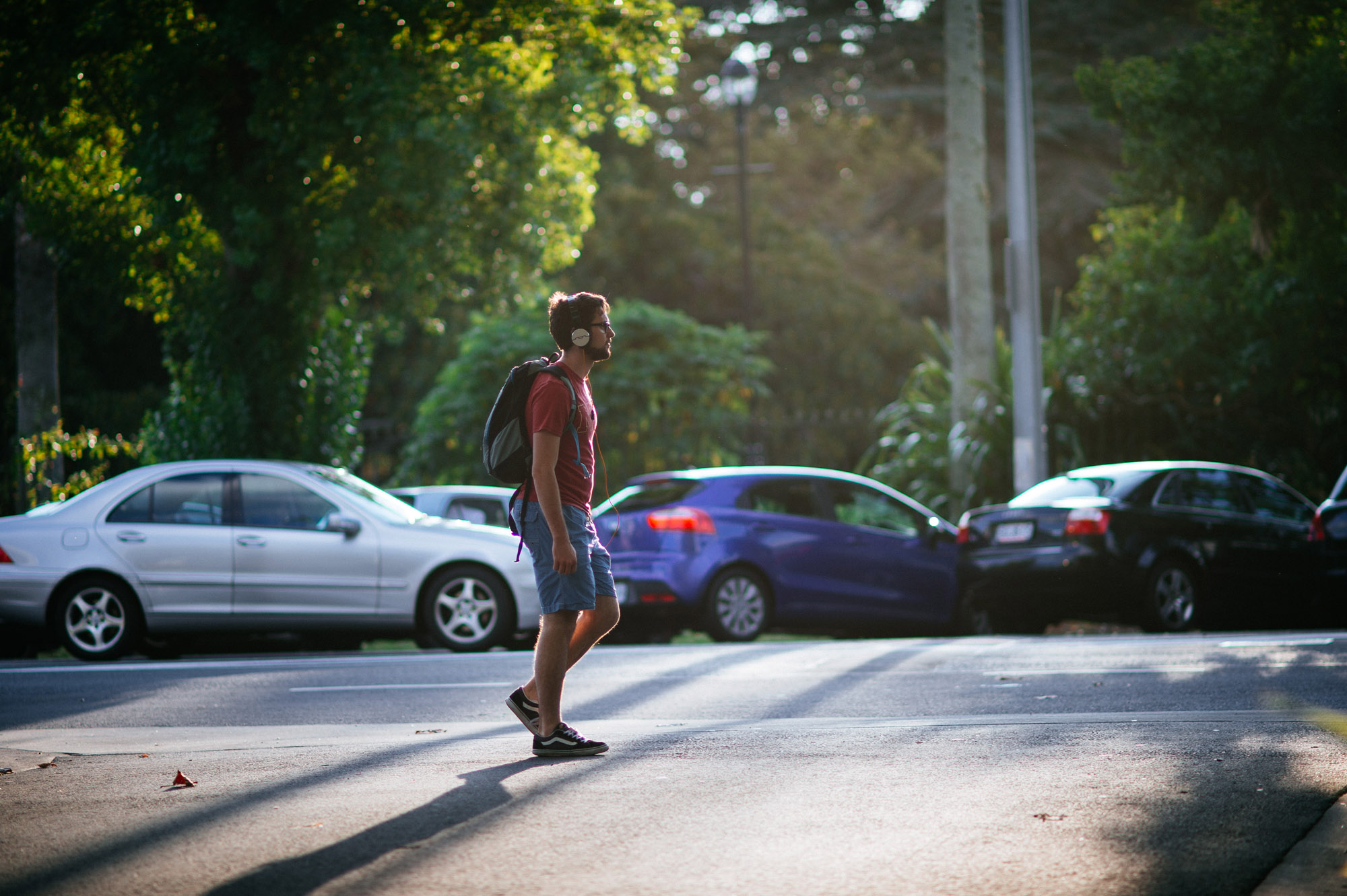 Nikon D4s + Nikon AF 135mm f/2D DC – f/2.0 1/800s ISO 100
Nikon D4s + Nikon AF 135mm f/2D DC – f/2.0 1/800s ISO 100
 Nikon D4s + Nikon AF-S 50mm f/1.4G – f/4 1/50s ISO 2000
Nikon D4s + Nikon AF-S 50mm f/1.4G – f/4 1/50s ISO 2000
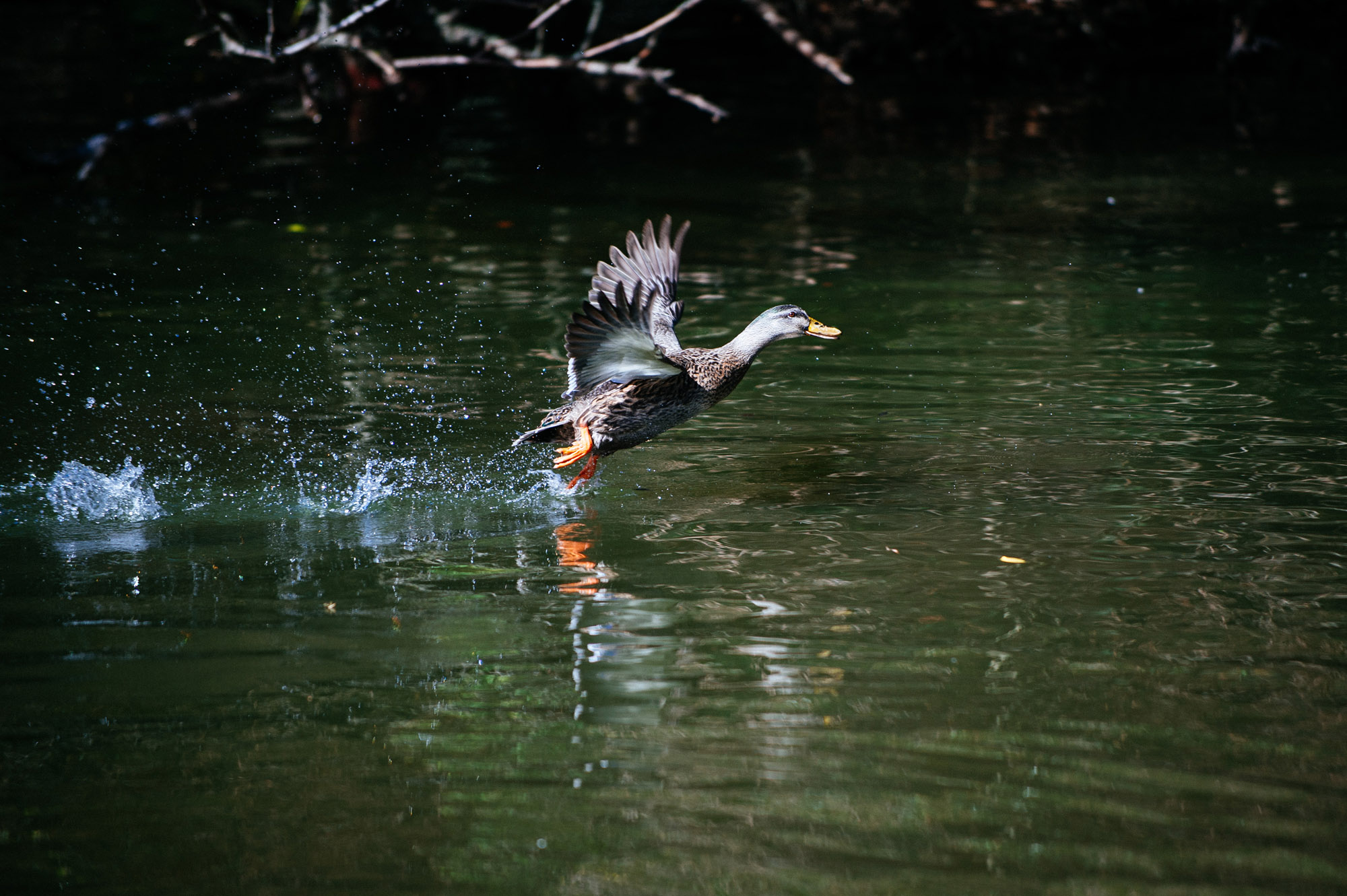 Nikon D4s + Nikon AF-S 70-200mm f/2.8G VR – f/2.8 1/2500s ISO 400
Nikon D4s + Nikon AF-S 70-200mm f/2.8G VR – f/2.8 1/2500s ISO 400
 Nikon D4s + Nikon AF 135mm f/2D DC – f/5 1/320s ISO 91228
Nikon D4s + Nikon AF 135mm f/2D DC – f/5 1/320s ISO 91228
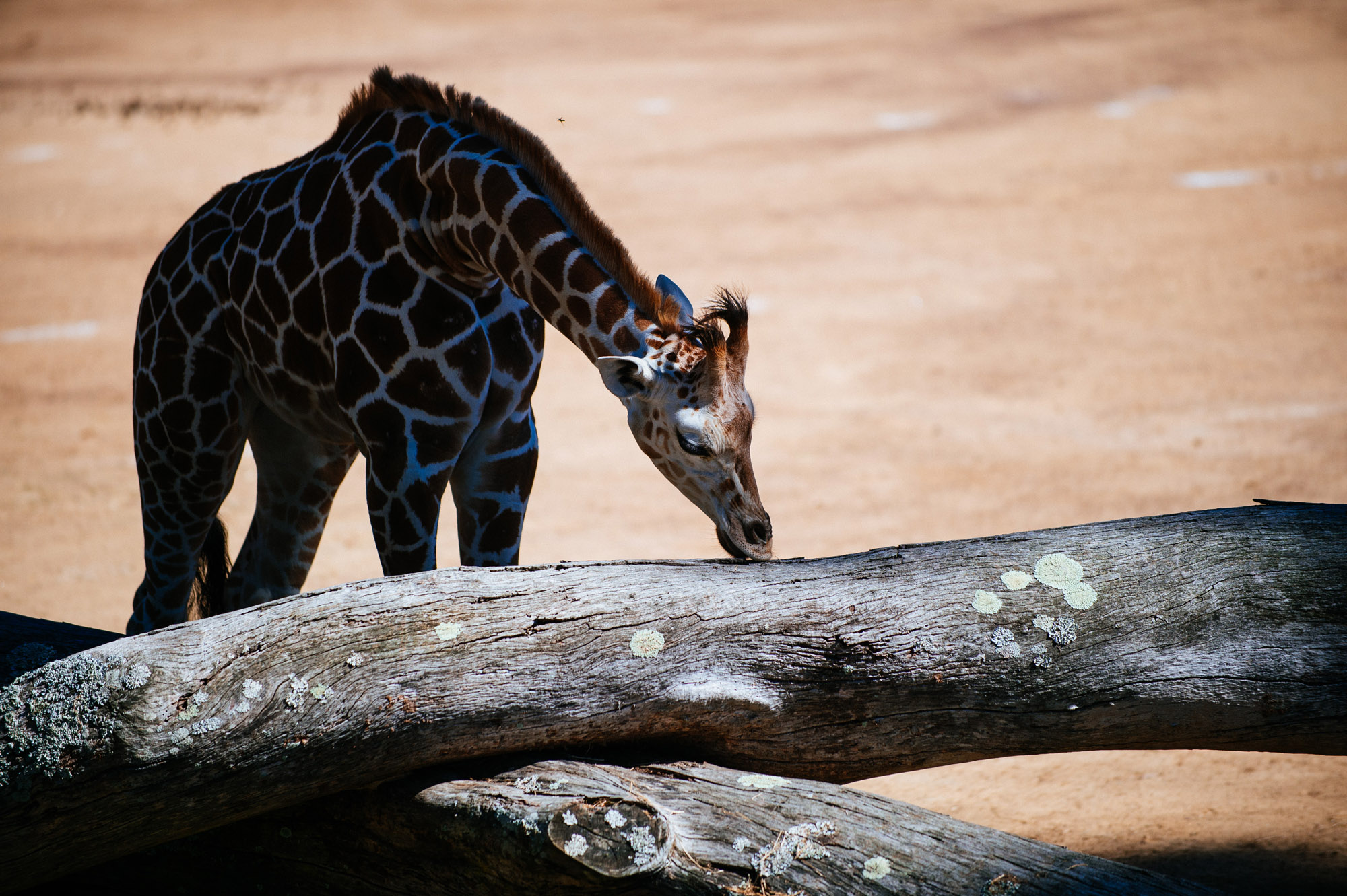 Nikon D4s + Nikon AF-S 70-200mm f/2.8G VR – f/2.8 1/8000s ISO 400
Nikon D4s + Nikon AF-S 70-200mm f/2.8G VR – f/2.8 1/8000s ISO 400
 Nikon D4s + Nikon AF-S 70-200mm f/2.8G VR – f/5 1/5000s ISO 800
Nikon D4s + Nikon AF-S 70-200mm f/2.8G VR – f/5 1/5000s ISO 800
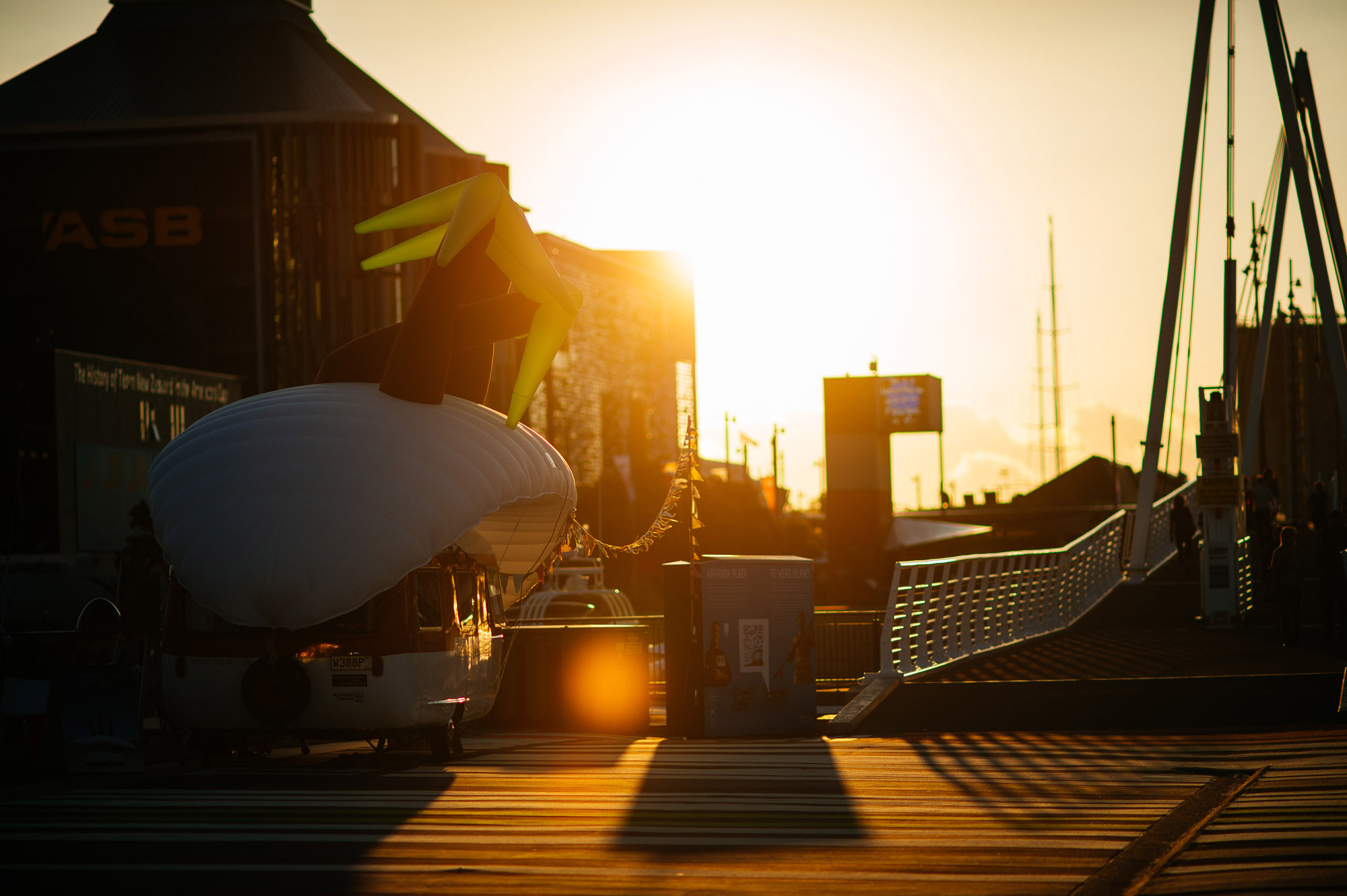 Nikon D4s + Nikon AF 135mm f/2D DC – f/2.0 1/5000s ISO 100
Nikon D4s + Nikon AF 135mm f/2D DC – f/2.0 1/5000s ISO 100
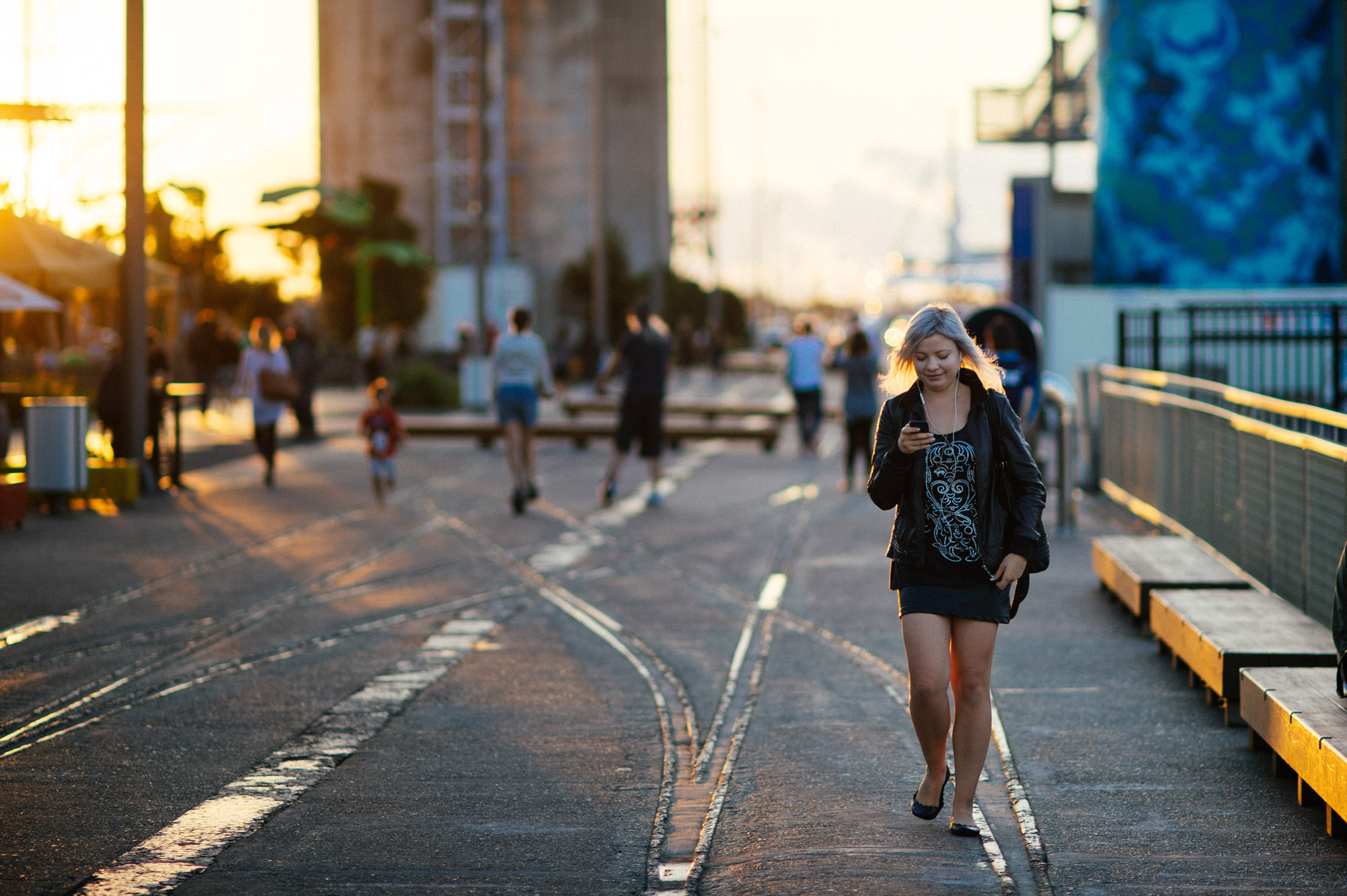 Nikon D4s + Nikon AF 135mm f/2D DC – f/2.2 1/640s ISO 100
Nikon D4s + Nikon AF 135mm f/2D DC – f/2.2 1/640s ISO 100
 Nikon D4s + Nikon AF 135mm f/2D DC – f/2 1/320s ISO 2200
Nikon D4s + Nikon AF 135mm f/2D DC – f/2 1/320s ISO 2200
 Nikon D4s + Nikon AF 135mm f/2D DC – f/2 1/200s ISO 720
Nikon D4s + Nikon AF 135mm f/2D DC – f/2 1/200s ISO 720
 Nikon D4s + Nikon AF-S 50mm f/1.4G – f/2 1/250s ISO 100
Nikon D4s + Nikon AF-S 50mm f/1.4G – f/2 1/250s ISO 100
Nikon D4s + Nikon AF 135mm f/2D DC – f/2 1/250s ISO 2000
Reviewer: Richard Wong
Richard is a multi-award winning wedding/portrait photographer based in Auckland, New Zealand. Richard’s website is www.photobyrichard.com and his facebook page is https://www.facebook.com/PhotoByRichard
Richard is also a contributing writer for the D-Photo magazine. (www.dphoto.co.nz)
All photos and text Copyright© 2014 www.nikonjin.com. All photos and text may not be copied or reproduced in any format without obtaining written permissions
